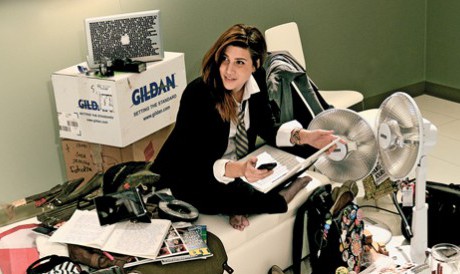In 2011, American child psychologist Jennifer Hartstein published an advice book for parents wishing to rid their female children of so-called “princess syndrome,” her name for the inevitable insecurities and superficial obsessions that little girls allegedly develop when they are exposed to an abundance of girly-girl commercial culture, particularly in the form of Disney princesses.
In her book Princess Recovery: A How-to Guide to Raising Strong, Empowered Girls Who Can Create Their Own Happily Ever Afters, Hartstein writes that the traditional princess narrative “may be teaching your daughter everything from ‘only appearances matter’ to ‘don’t expect to rely on yourself—you’ll need a prince to rescue you.’ ”
Expose her to too much Cinderella, Aladdin, or Sleeping Beauty, in other words, and your daughter may become a kind of princess herself, obsessed with beauty and uninterested in her own autonomy.
The classic Disney princess is, in Hartstein’s view, not only gratuitously airy, helpless, and (save for Belle in the Beauty and the Beast) vacuous, but a threat to the healthy development of the millions of girls who worship at her pink, saccharine altar.
Her theory isn’t original; it appears more or less in nearly every parenting book with a feminist bent, from Peggy Orenstein’s 2012 Cinderella Ate my Daughter to last year’s What Should We Tell Our Daughters? by British journalist Melissa Benn.
Despite its ubiquity, anti-princess dogma is grossly out of step with the times.
The truth is that fairy tales, though once ardent protectors and proliferators of gendered convention, are now, surprisingly, quite the opposite.
This decade’s most popular fairy-tale features with heroines at their centre—Shrek, Brave and Frozen, to name a few—are actually blatant departures from the prince-rescues-princess norm.
In Brave (2012), Scottish princess and seasoned archer Merida sets off on a quest to avoid betrothal—and changes her stuffy medieval society in the process.
In the insanely popular Academy Award-winner Frozen (2013), not one but two heroines defy convention in their icy kingdom, and in this month’s Maleficent, Disney’s reimagination of Sleeping Beauty, Angelina Jolie plays the story’s infamous sorceress as a complex, intensely likeable character, whose evildoing is warranted and, eventually, rectified. Continue reading
Source
- Emma Teitel in MacLean’s
Emma Teitel is an award winning journalist who writes about women’s issues and popular culture.
